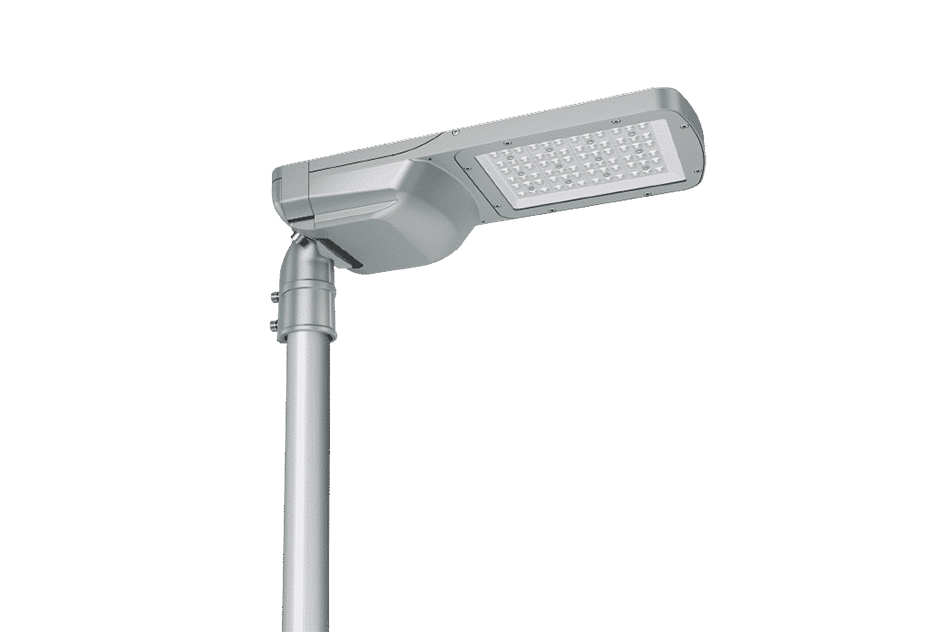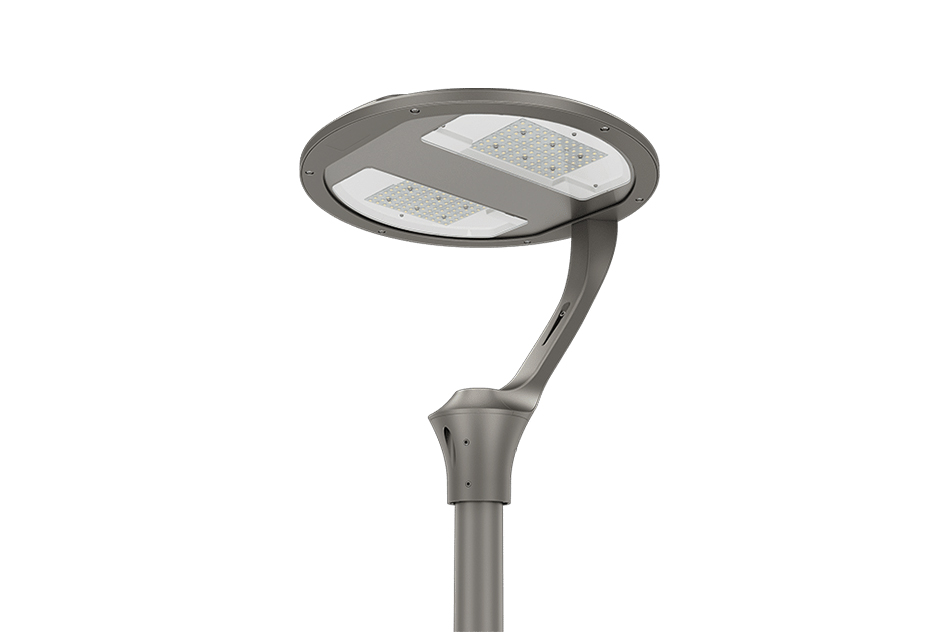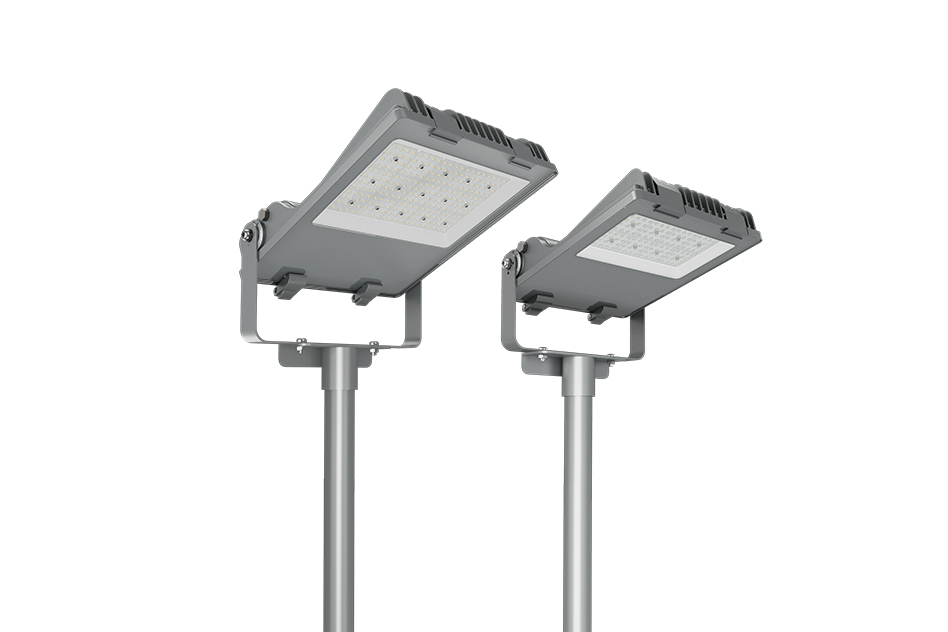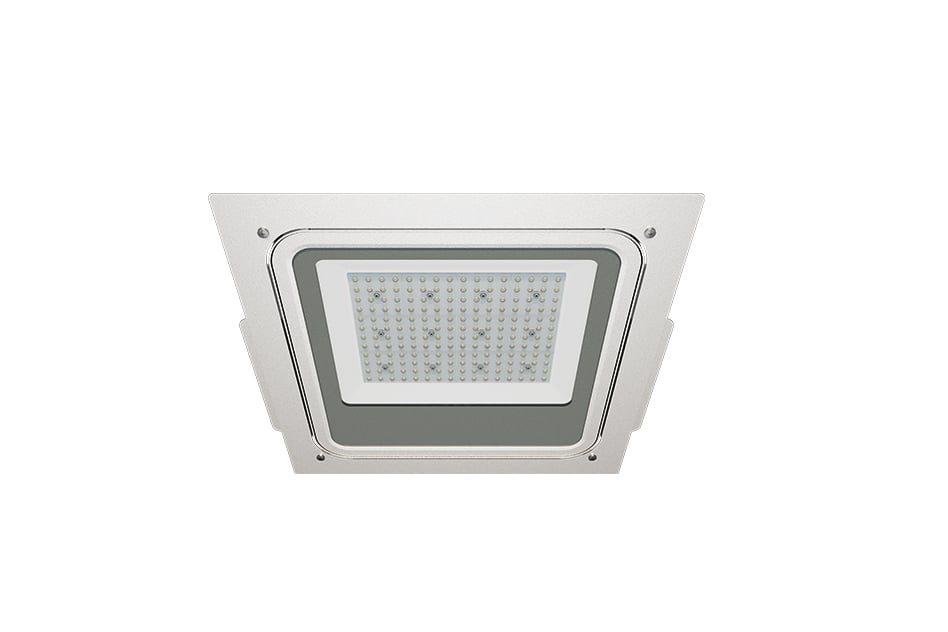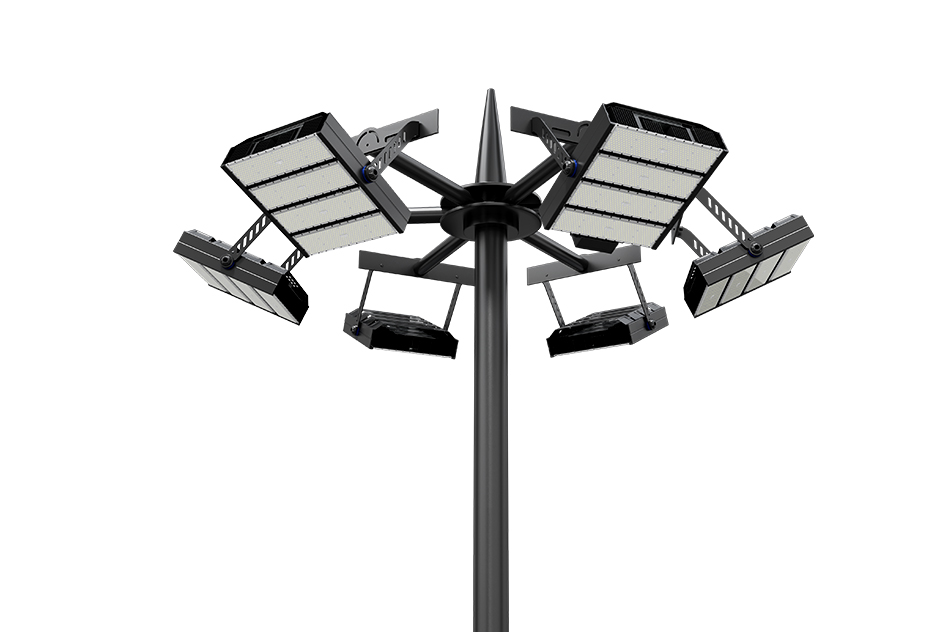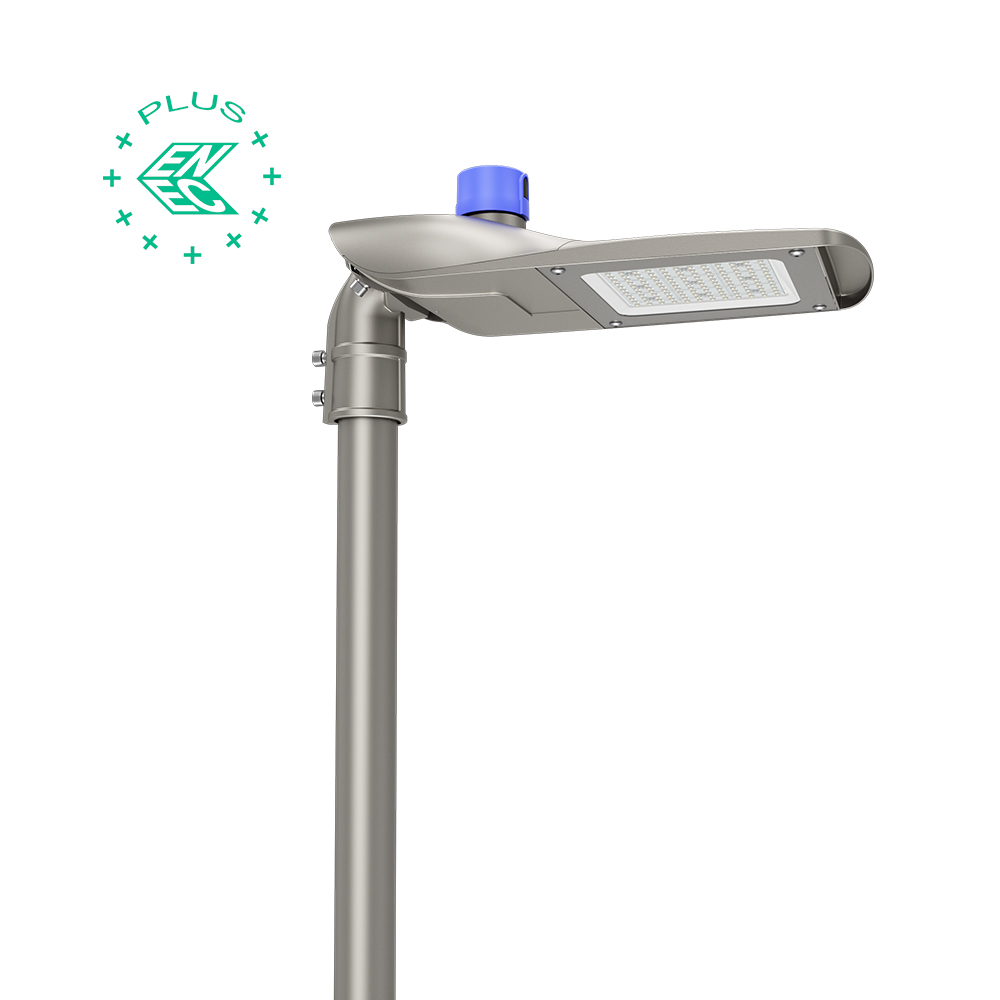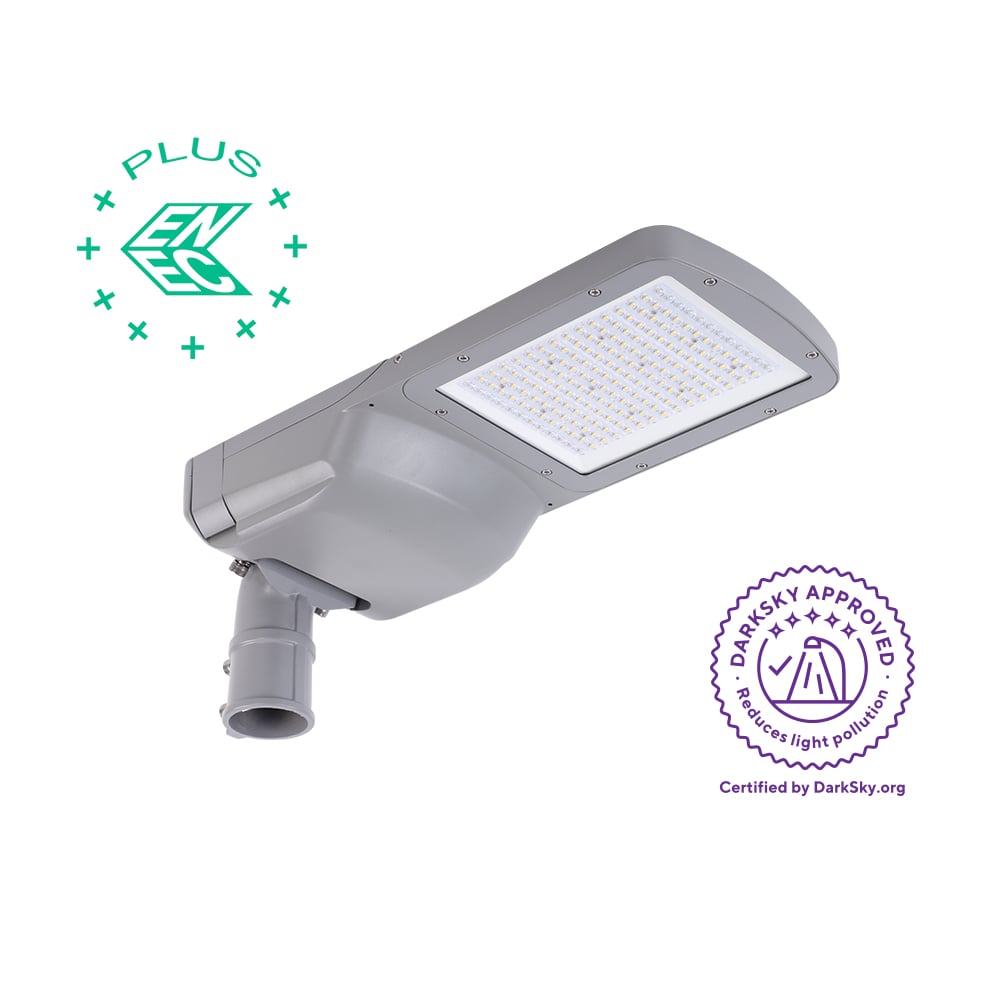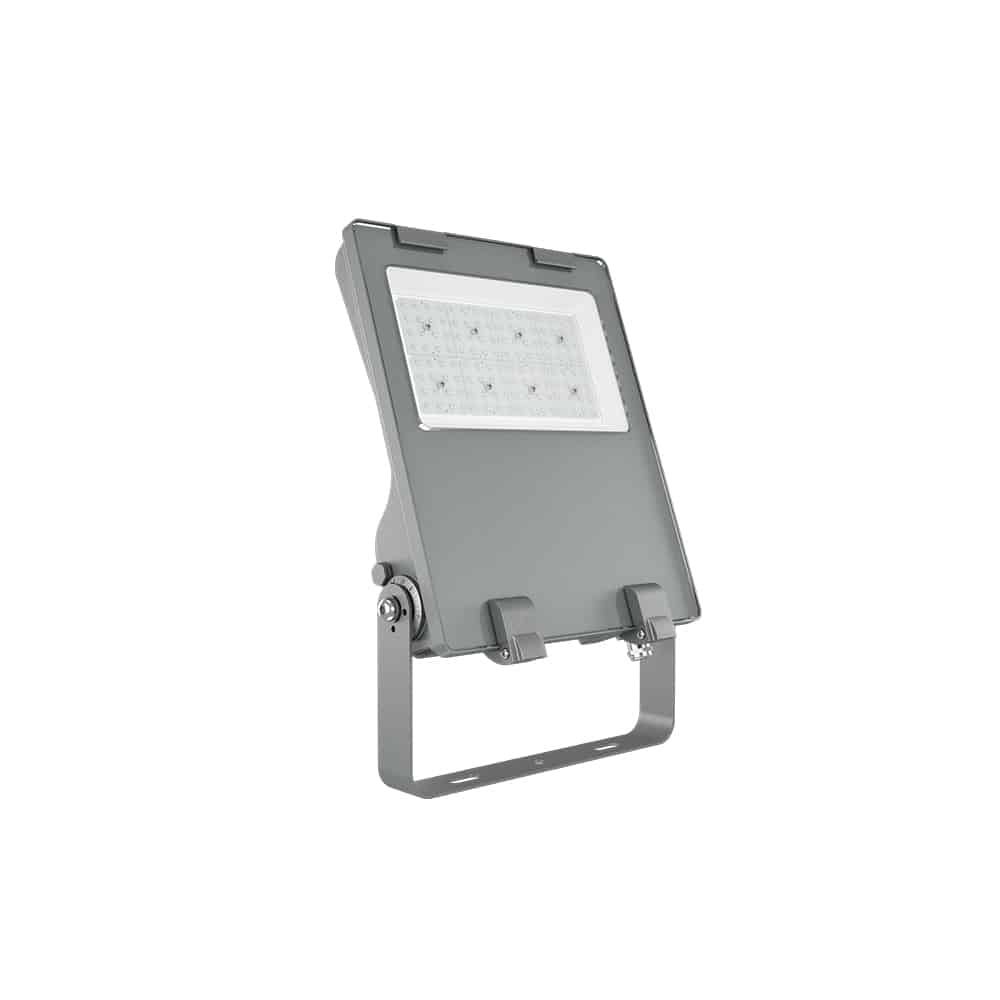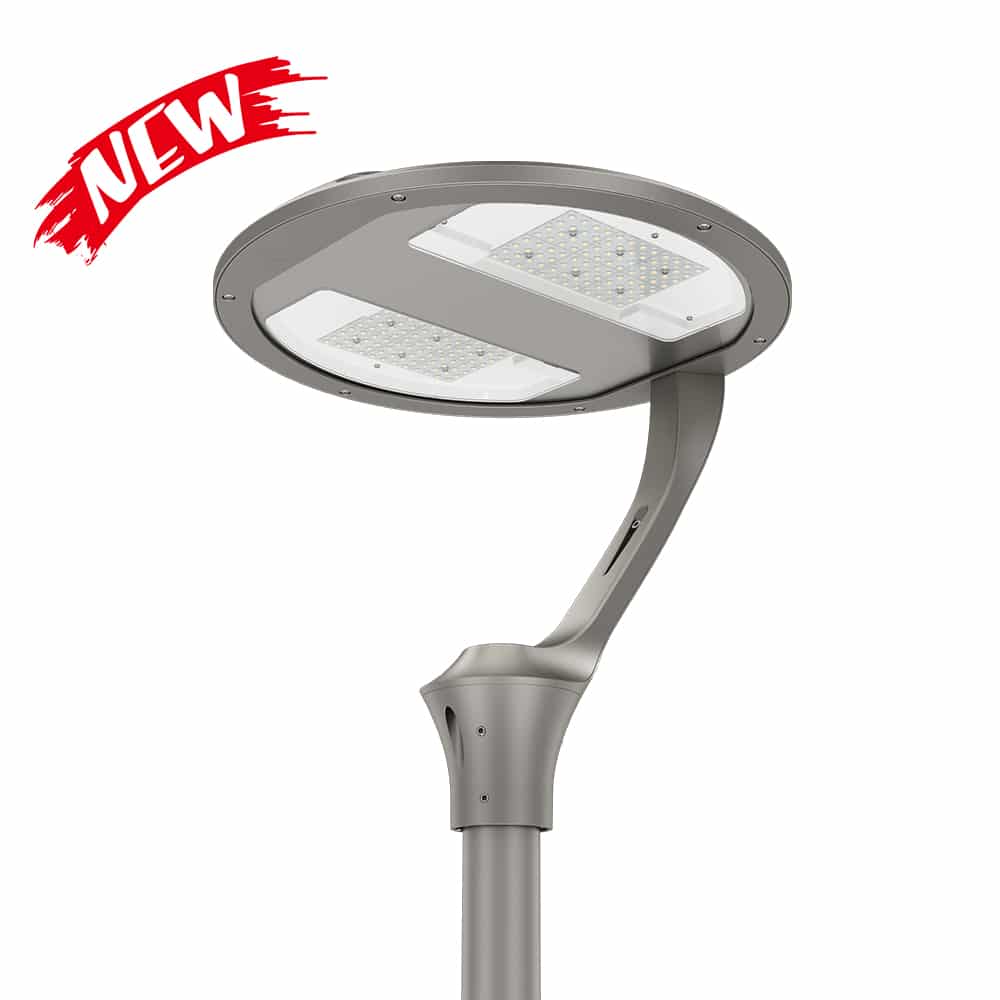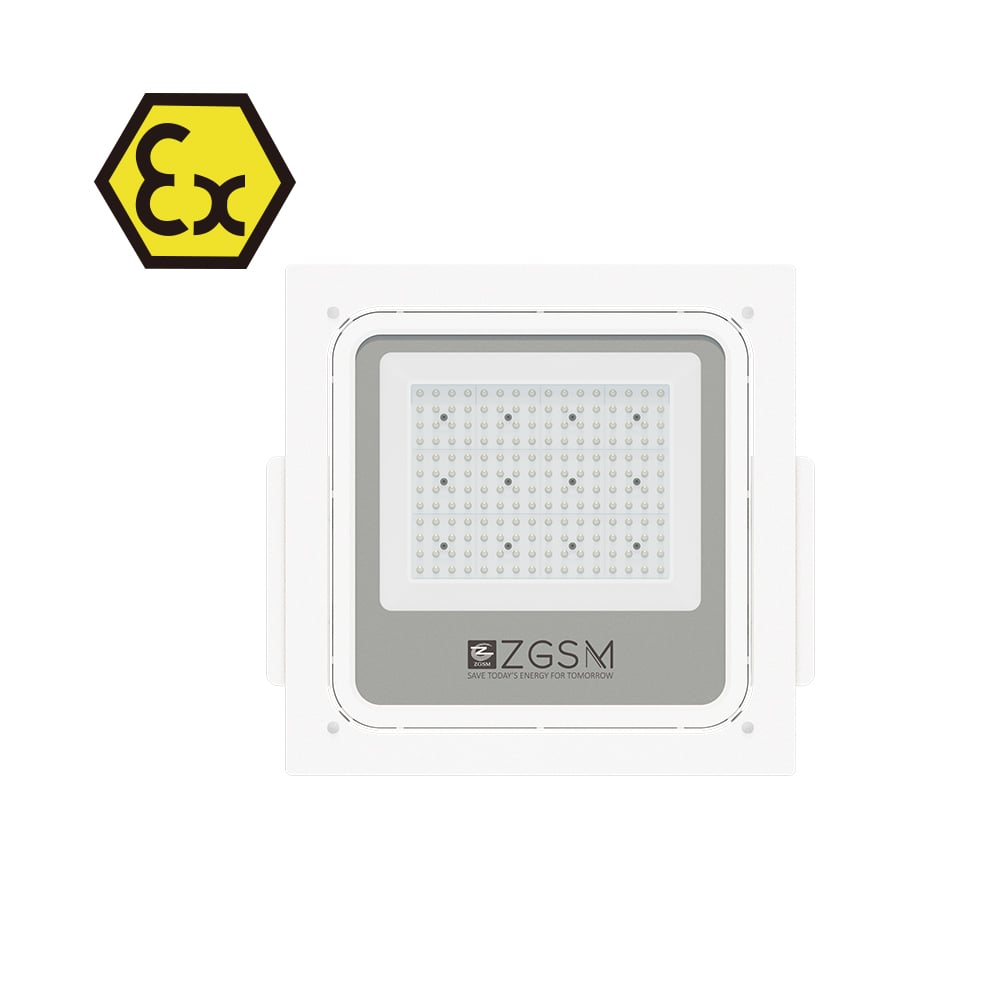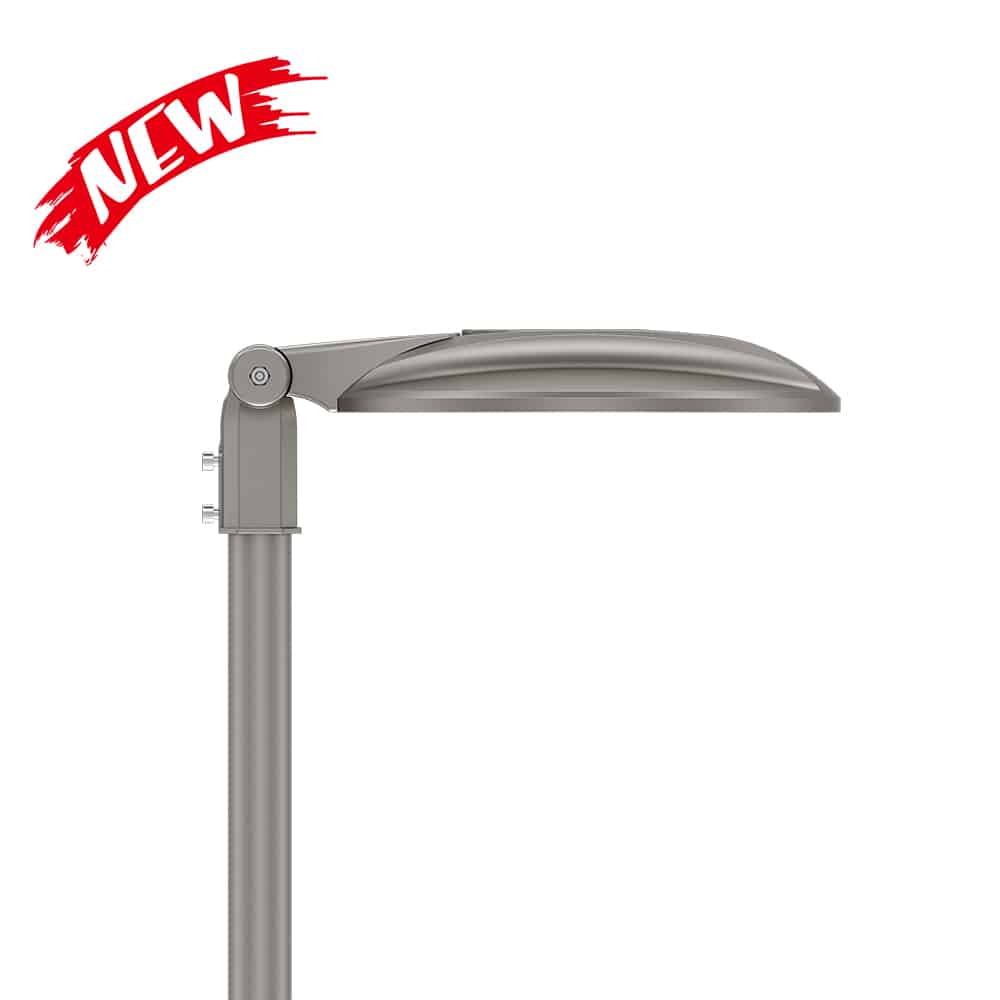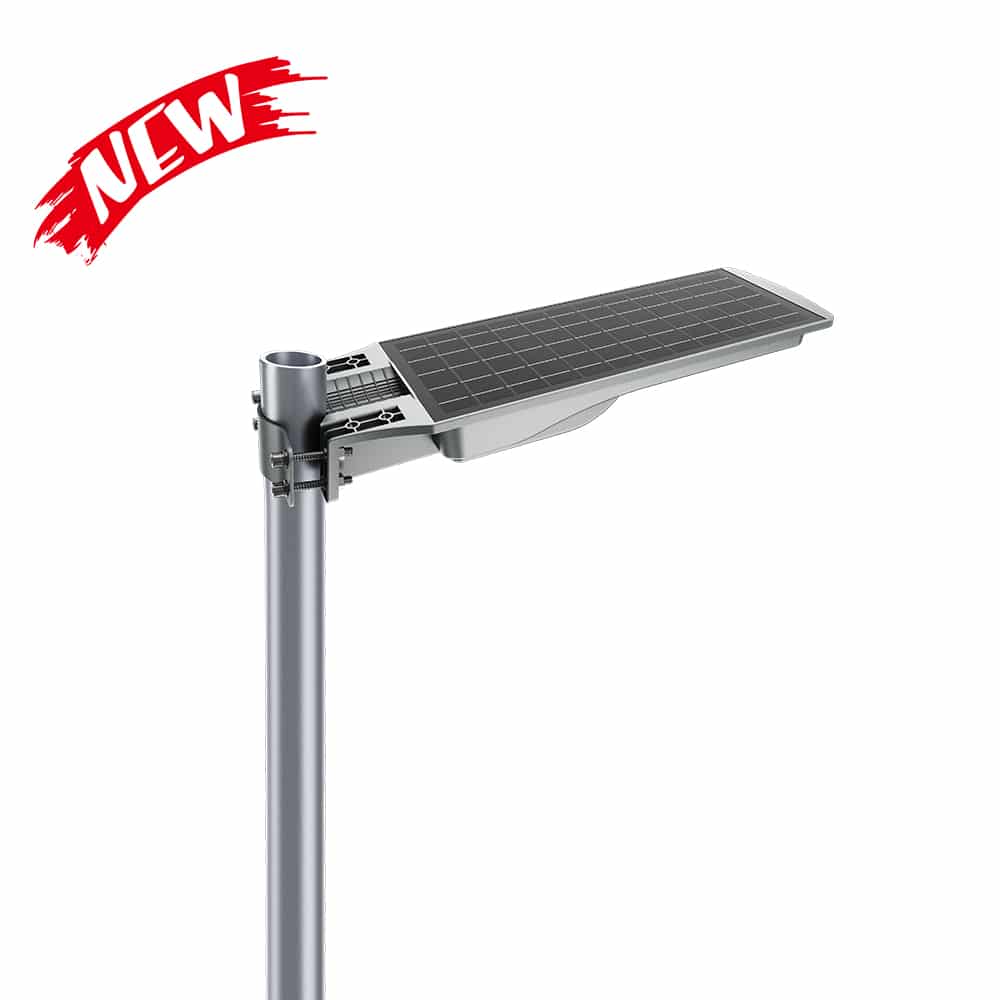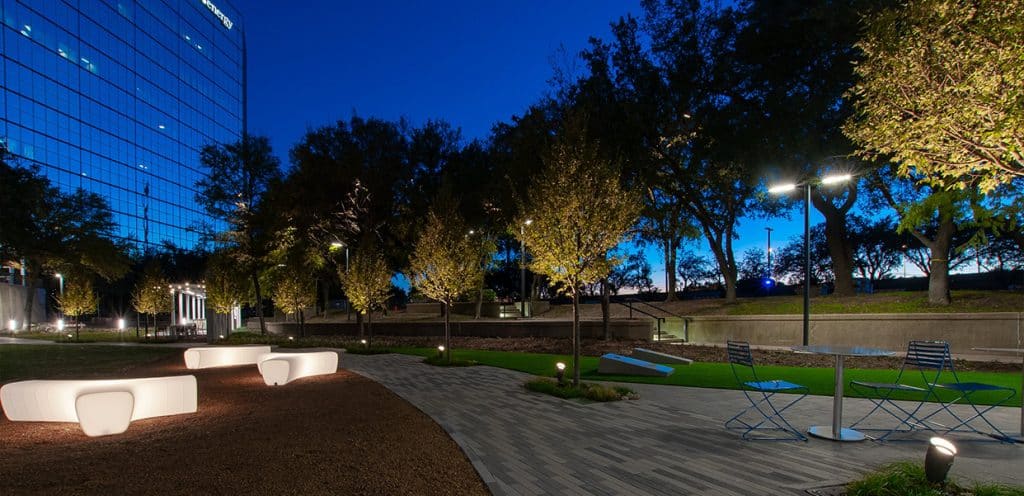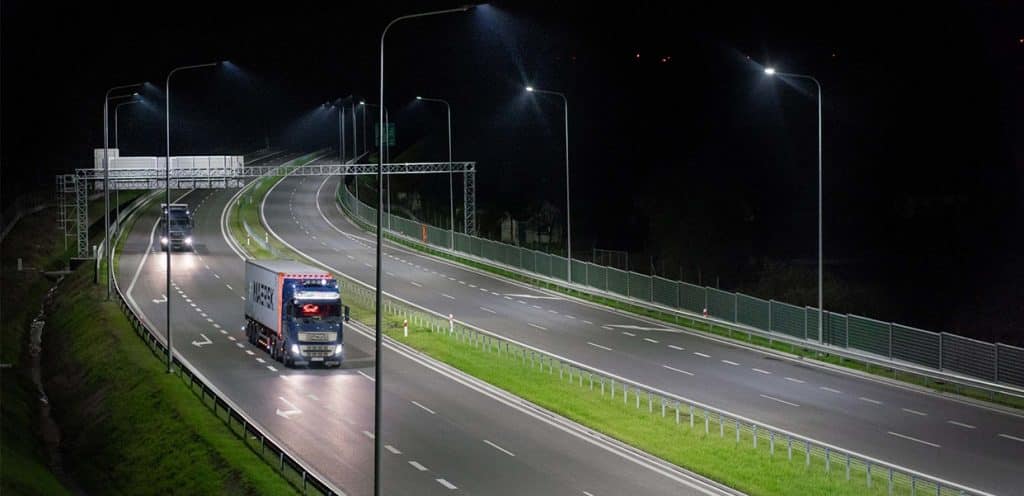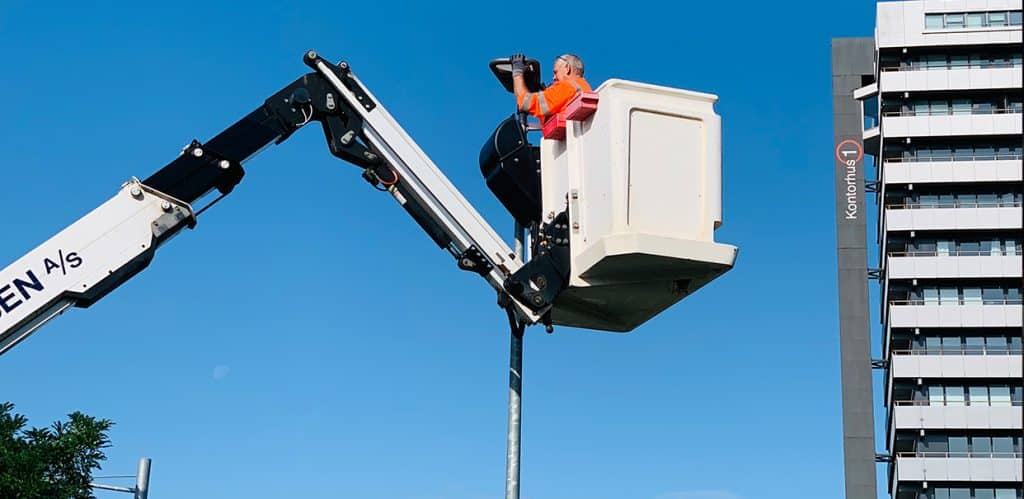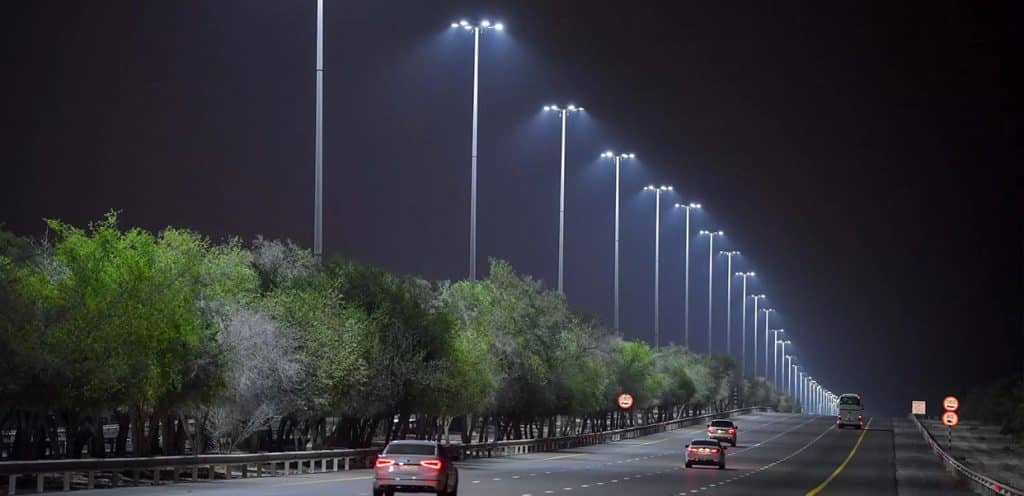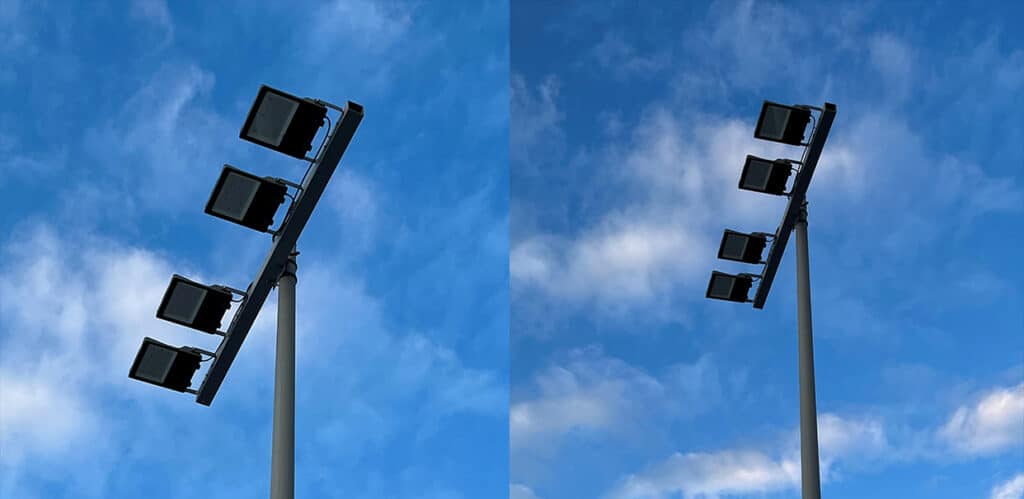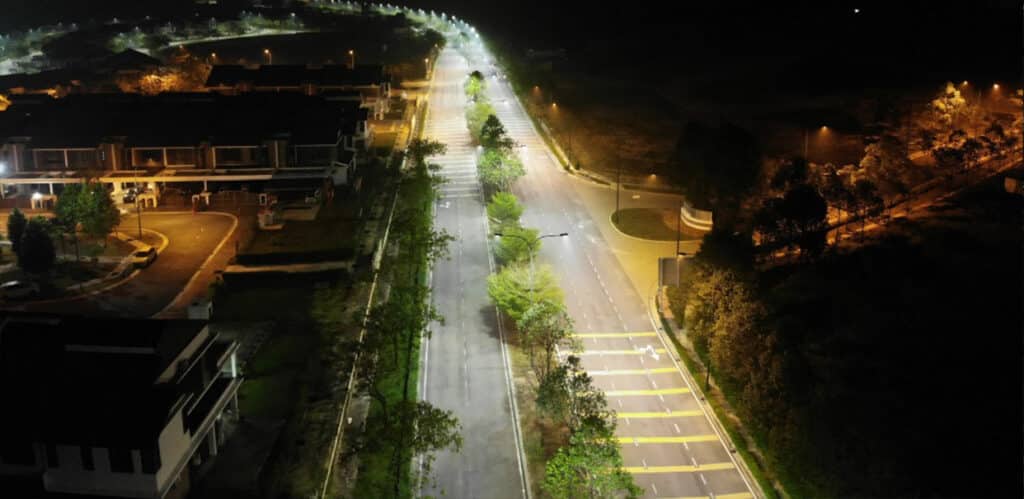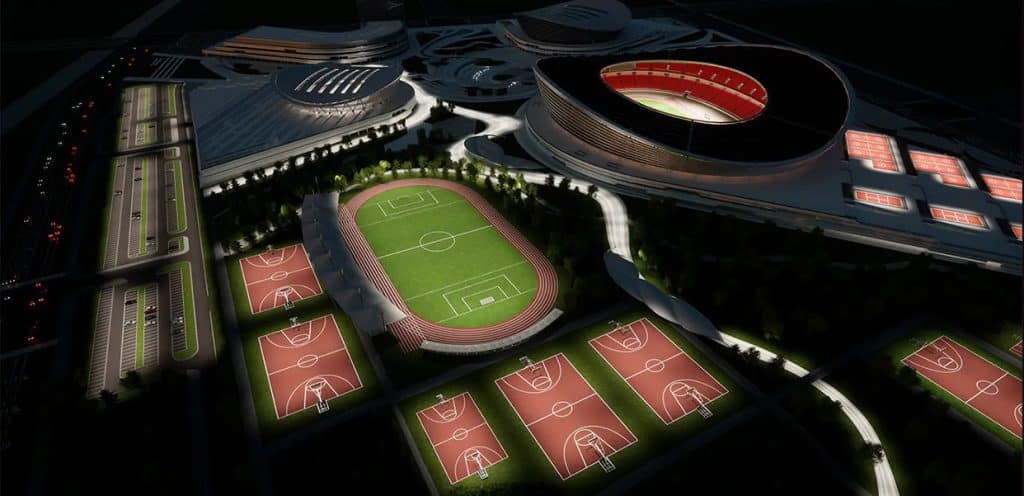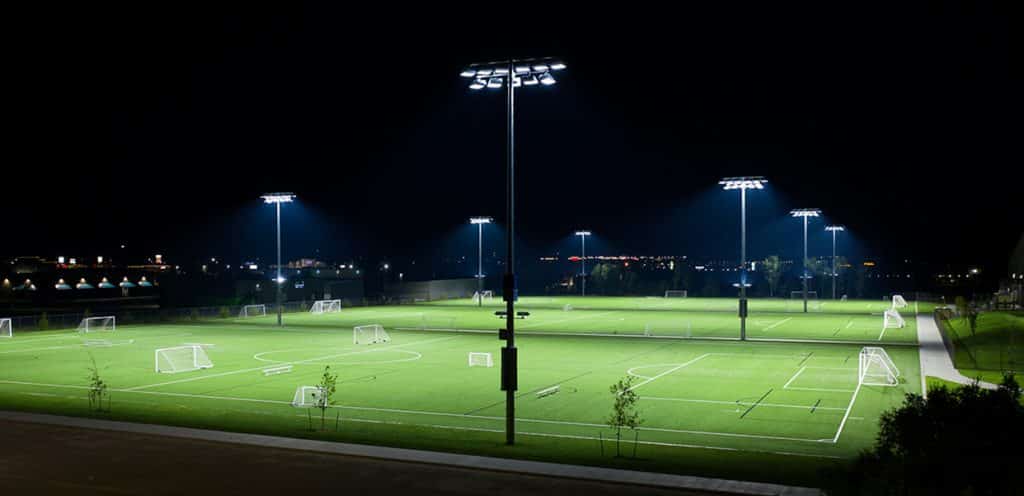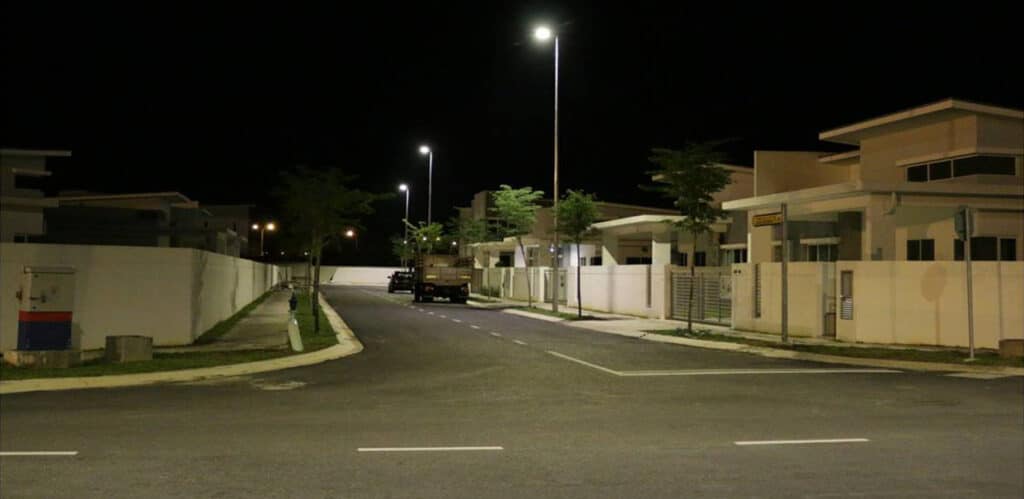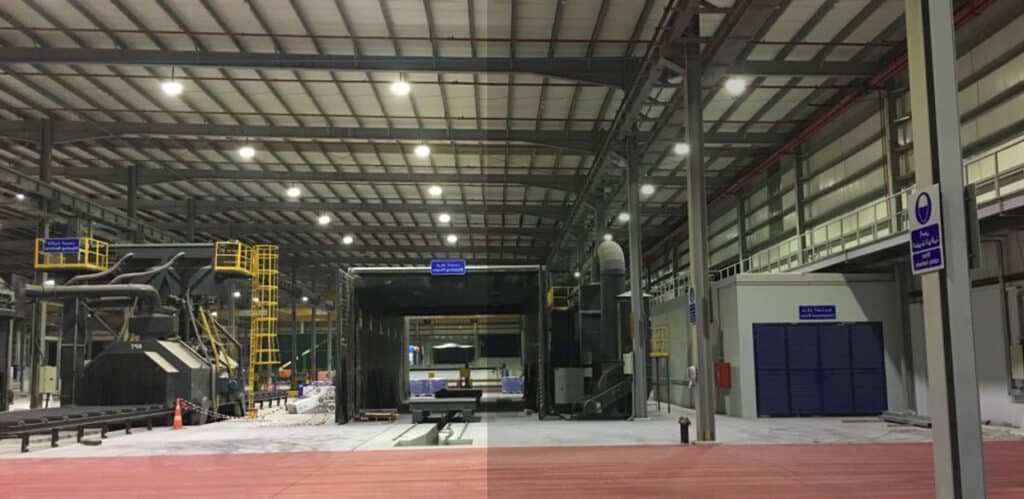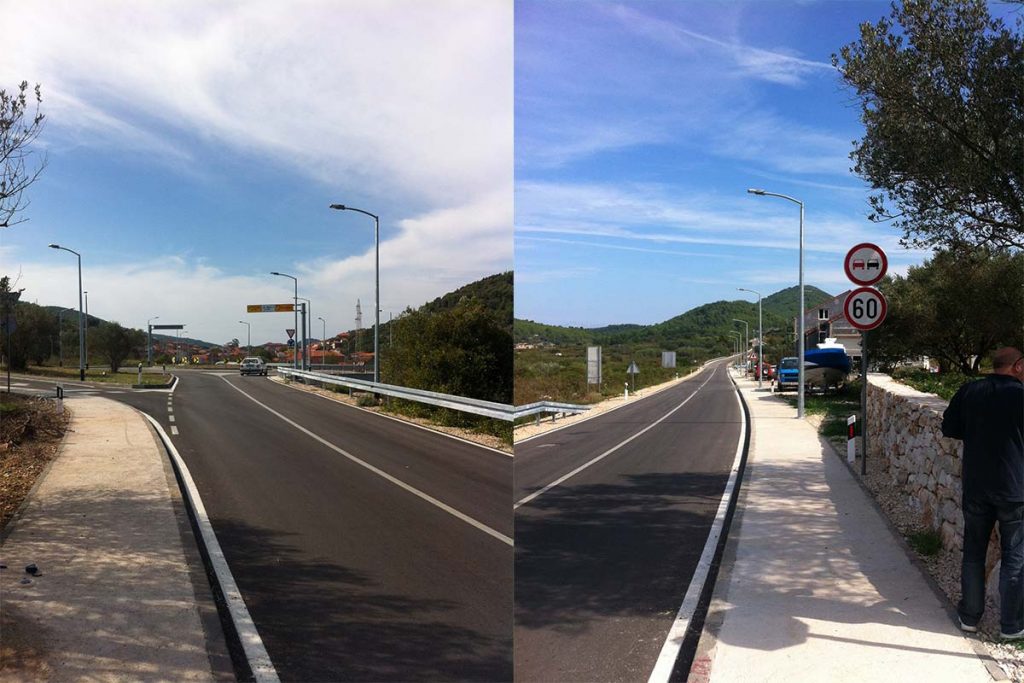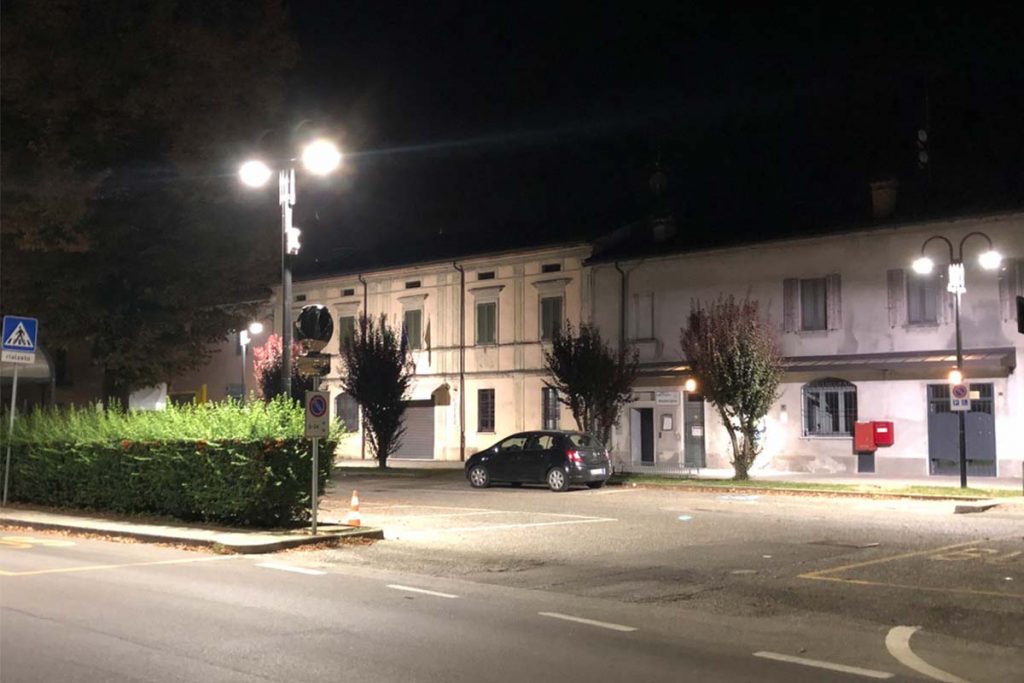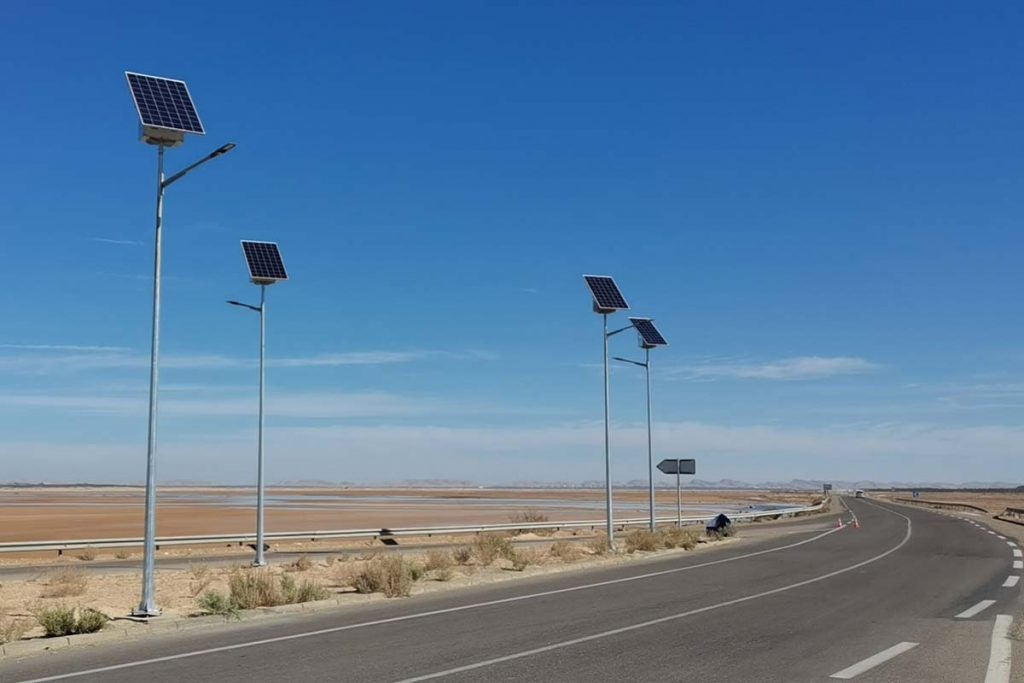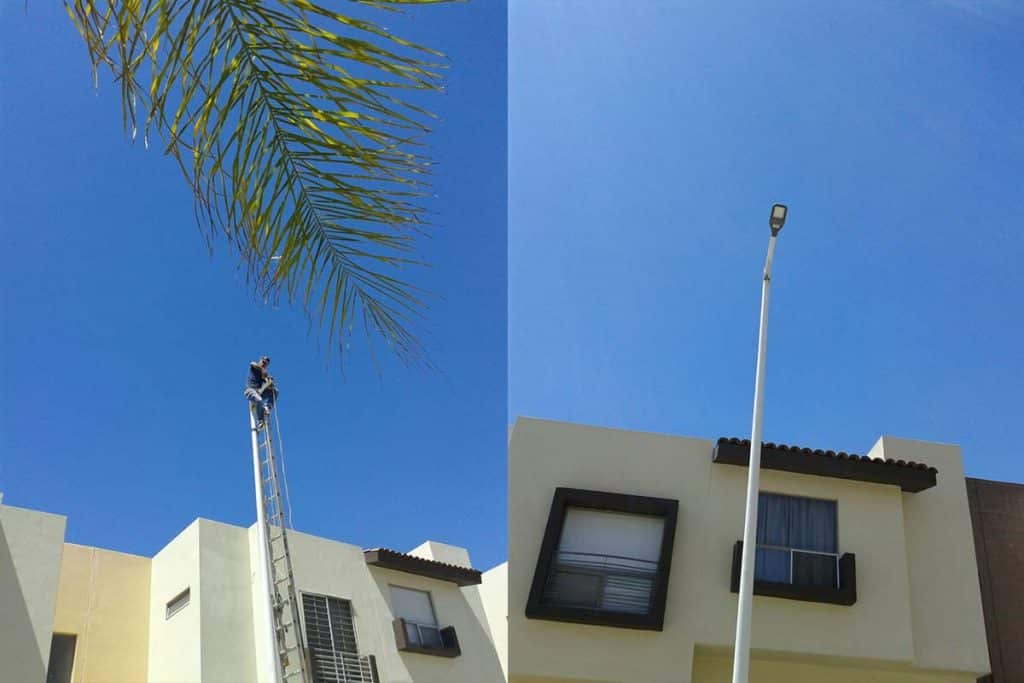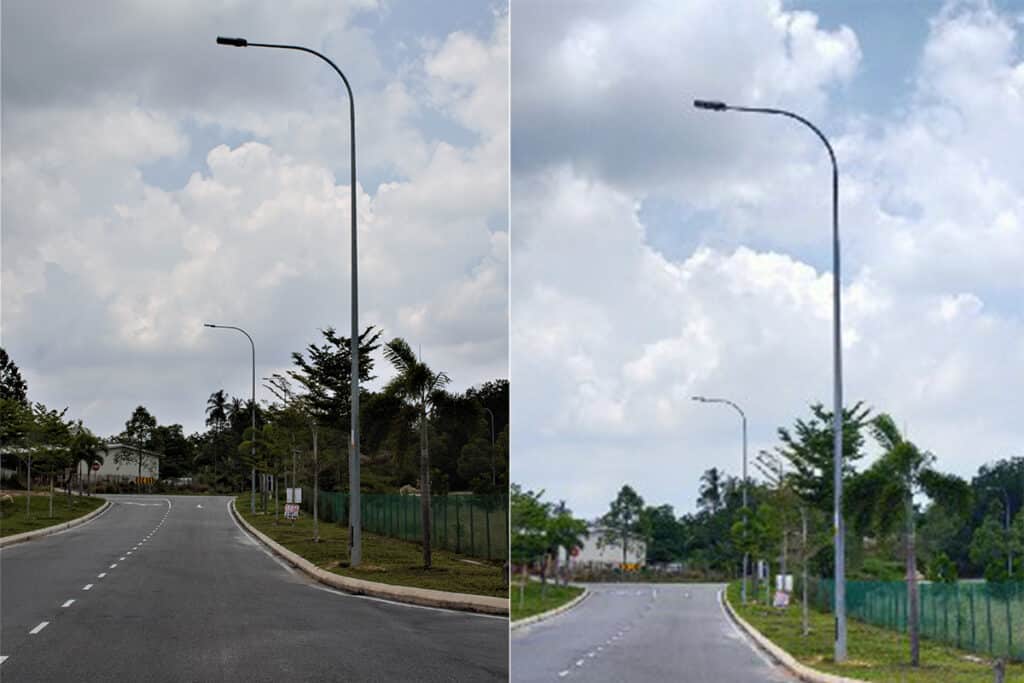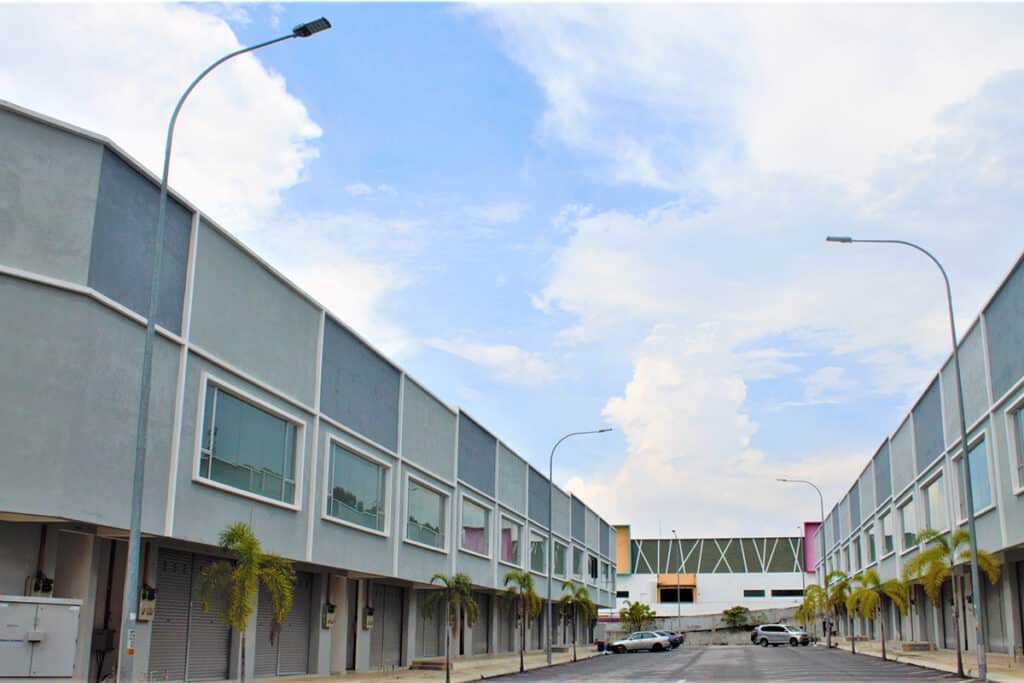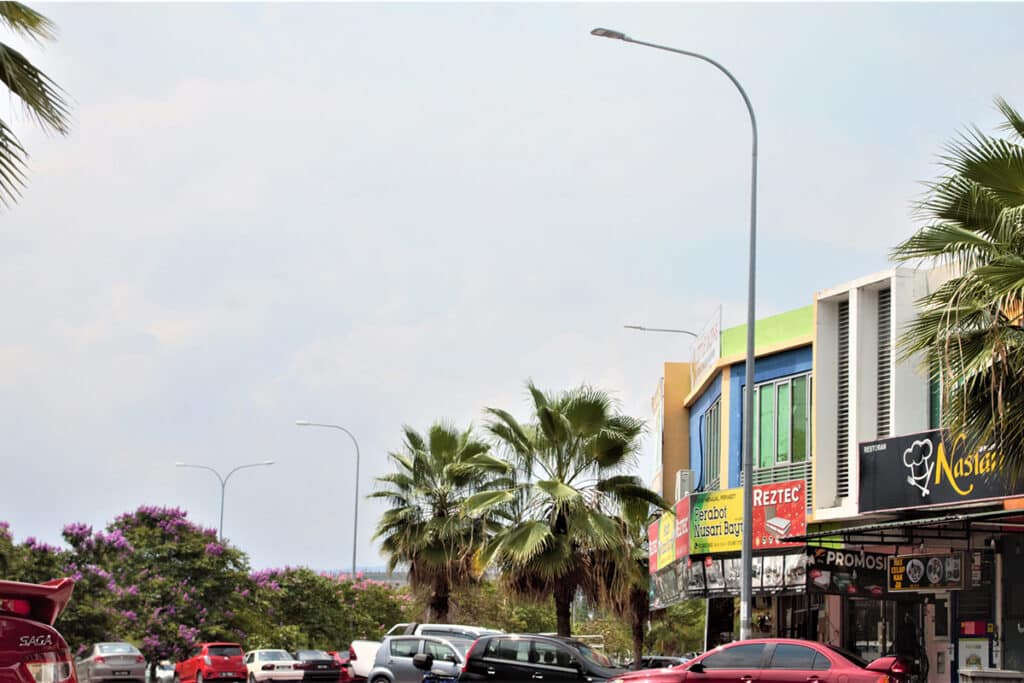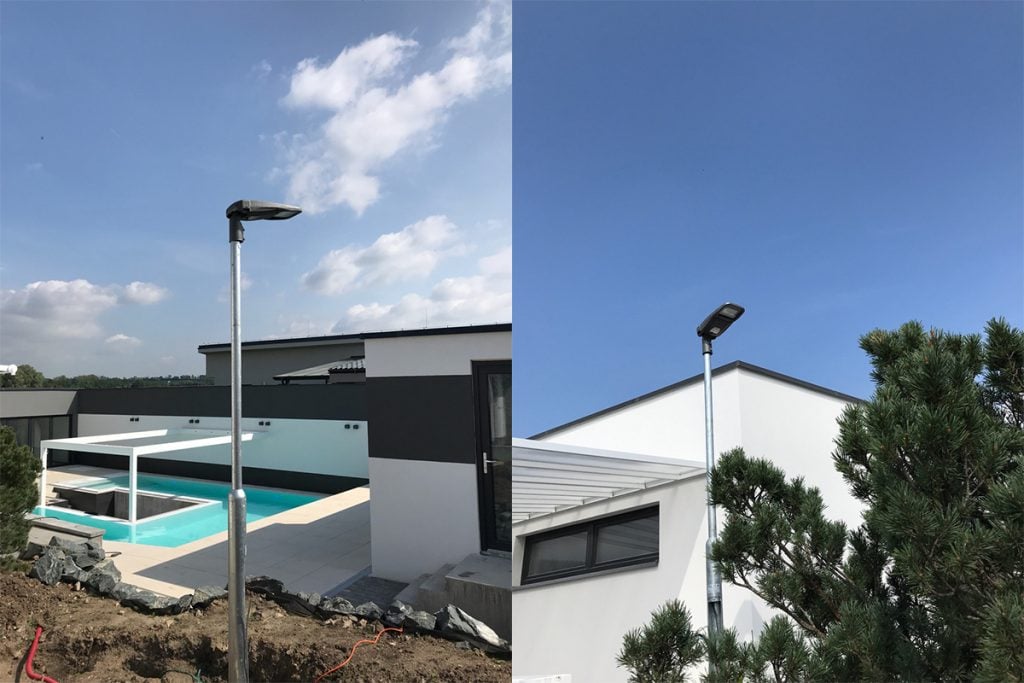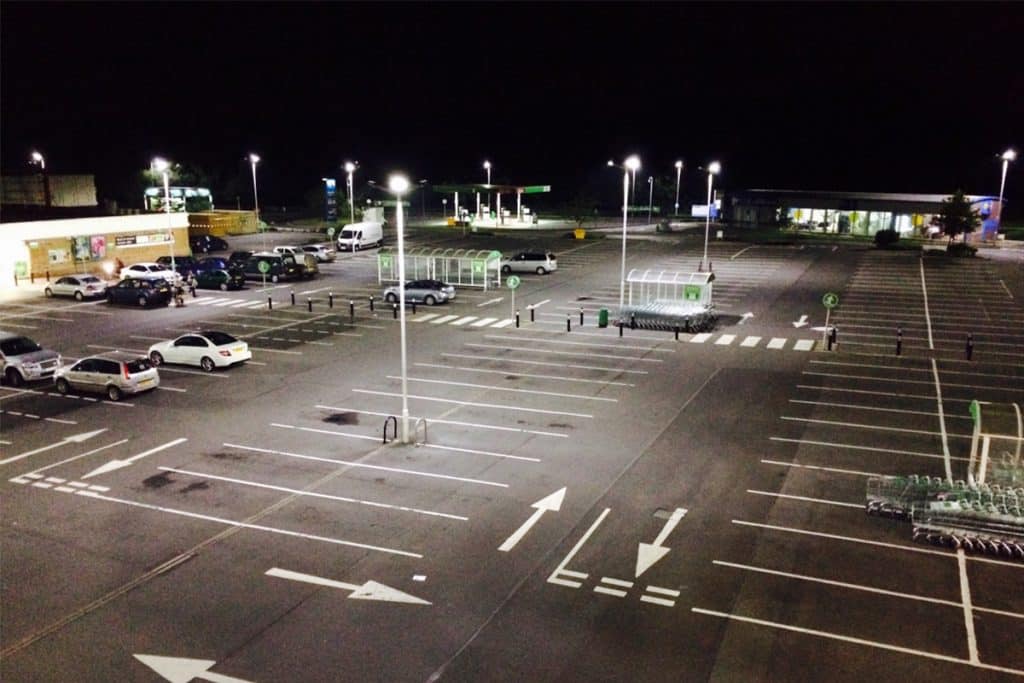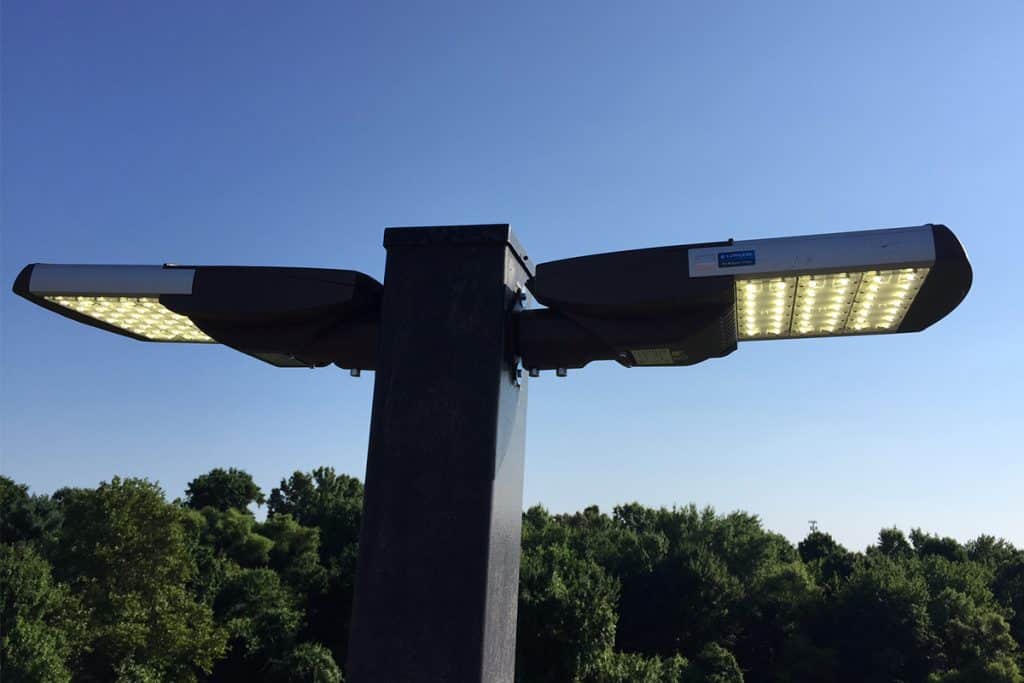Upward light ratio(ULR) or upward lighting in outdoor lighting
Upward light ratio(ULR) or upward lighting in outdoor lighting
Introduction
In the Dark Sky Planning Guideline ( Explore ZGSM DarkSky outdoor lighting solution ), it requires to limit upward lighting. The guideline states that lighting fixtures should minimize the amount of light emitted upward, and the light output of the fixture above the horizontal plane should be 0%. To achieve this, they recommend using fully cut-off or fully shielded fixtures to ensure that the light is radiated downward. This type of fixture limits the light from the other sides of the fixture (except the downward side) to prevent the light source from shining directly into the sky. Although the use of fully shielded or full cut-off lighting fixtures (street light/flood light) can limit the proportion of light radiating upward to a certain extent, the light radiated upward by the fixture is actually related to the installation of the fixture. In fact, some regulations and regions have requirements for upward lighting/upward light ratio after the fixture is installed. ULR is used to calculate the maximum allowable percentage of light that may be emitted by a fixture or lighting device installed at or above the horizontal. This article mainly talks about what ULR is, why to pay attention to ULR, where we can check ULR and what measures to take to limit ULR value.
What’s Upward light ratio(ULR)?
The ULR (Upward Light Ratio) value is the percentage of luminaire flux of a luminaire or a lighting installation that is emitted above the horizontal, where all luminaires are considered in their real position in the installation. Sky glow limitations depend on the environmental zone of the lighting installation. The standard defines four environmental zone categories from E1 to E4. E1 category is used for intrinsically dark landscapes like national parks or areas of outstanding natural beauty. E4 category is used for high district brightness areas like city centers. Sky glow limitations reach from 0% to 15%.
ULR is also defined in the standard EN12464-2. As this standard emphasizes, ULR is proportion of the flux of the luminaire(s) that is emitted above the horizontal, when the luminaire(s) is (are) mounted in its (their) installed position and attitude. For example, if a street lamp ( Review case studies of outdoor street lamps ) is installed horizontally (light-emitting surface facing downward), ULR = UWLR = FA / FB, where FA = the flux emitted by the luminaire above the horizontal and FB = the total flux emitted by the luminaire. This data can be found in both the photometric test report and the lighting simulation report of the luminaire. On the contrary, if the luminaire is not installed horizontally, such as a stadium light, ULR ≠ UWLR, and the relevant data can only be found in the lighting simulation.
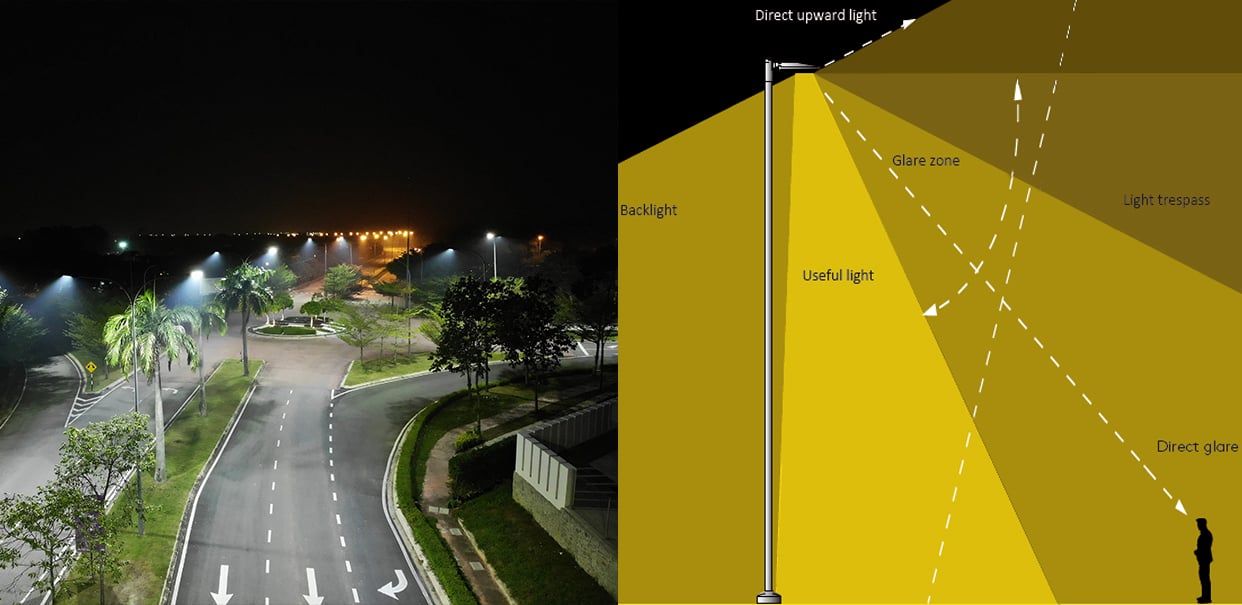
Why cares about upward light ratio or upward lighting
Light pollution is a global problem that some scientists and engineers have studied in depth for at least 30 years. They believe that the impact of light on natural environmental changes is particularly prominent, especially the impact of light on the population and function of organisms such as insects, birds and bats. Another important aspect involves astronomical observation. Light pollution causes the night sky to brighten, forming skylight, making many celestial bodies difficult or even impossible to observe, which poses a great challenge to astronomical research. At the same time, they explored the various factors that cause light pollution, one of the main factors being the upward lighting generated by lighting fixtures. Therefore, they believe that it is necessary to use lamps with less upward light ratio for outdoor lighting.
A large part of the upward light is unnecessary lighting, and the light pollution caused by this light is often caused by improper design and installation of outdoor lighting devices. On the contrary, through reasonable lamp design, light distribution design and correct installation, we can greatly reduce the upward light ratio. For example, when the International Dark Sky Association is committed to solving the problem of light pollution, it requires that lighting devices must be useful, fully targeted, achieve low brightness levels, be controllable, and must choose appropriate light distribution (especially LED devices). After reducing this part of useless lighting (light), we can illuminate the target area with less power, which is not only energy-saving but also avoids light pollution.
Suggested maximum ULR/UWLR values in application
The Institution of Lighting Engineers (ILE) in the UK has produced a document entitled ” Guidance Notes For The Reduction Of Obtrusive Light ” which describes the maximum UWLR for different environmental areas. Generally, in areas where the ambient illuminance is low at night (such as national parks, rural areas), they recommend following higher requirements (low UWLR), while in areas where the ambient illuminance is high at night (such as cities), they recommend following lower requirements (high UWLR). However ZGSM recommends that UWLR is less than 2.5% in any case.
Environmental Zone | Category | ULWR (max %) |
E1 | Intrinsically dark areas, e.g., “National Parks”, “Areas of Outstanding Natural Beauty” or other “dark landscapes” | 0 |
E2 | Low district brightness areas, e.g. Rural or small village locations | 2.5 |
E3 | Medium district brightness areas, Small town centres or urban locations | 5 |
E4 | High district brightness areas, e.g., Town/city centres with high levels of night-time activity | 15 |
How to get upward light ratio(ULR) value of luminaire and installation?
Upward Light Ratio (ULR) is a parameter that measures the proportion of light emitted upward by a lighting system. It is often used to evaluate the impact of outdoor lighting on light pollution. ULR can be found in a variety of lighting documents and reports. Here are some common types of documents and reports: such as IES, LM79 reports, lighting designs, datasheets of lamps, etc.
Upward light ratio(ULR) from IES and LM79 reports
With the advancement of technology, consumers in the LED industry generally require suppliers to provide light distribution test reports for lamps. In these reports, we can know the distribution of light emitted by the lamps in space. Of course, this also includes the proportion of light emitted upward by the lamps, that is, the upward light ratio. When analyzing the IES file, the light intensity>0 when Gamma>90 indicates that the lamp has light irradiated upward. Similarly, we can check LCS(LUMINAIRE CLASSIFICATION SYSTEM) and BUG report. We can clearly see whether the lamp has upward light through the Luminaire Classification System and Luminaire Flux Distribution Table in the figure below. If the LED lamps has upward light, then we can get its value(upward light ratio) from there.
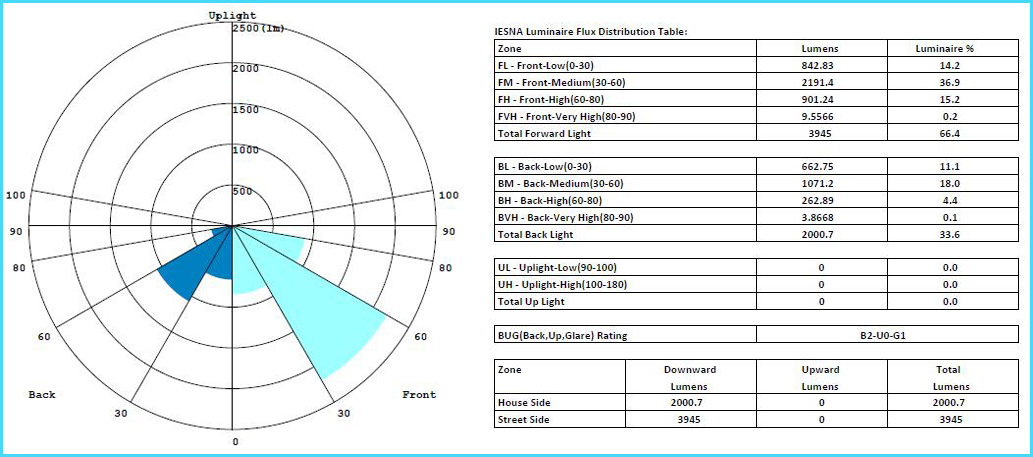
Upward light ratio(ULR) from Dialux design
Whether it is road lighting simulation or other outdoor lighting simulation, we can view the corresponding data (upward light ratio) in the lighting simulation. In road lighting simulation, street lights are usually installed without an elevation angle. If the ULR of the lamp is 0%, then the ULR of the street light after installation is also 0%. In actual applications, if the elevation angle needs to be set in order to optimize the lighting effect, we recommend paying special attention to this parameter. In the stadium lighting simulation, we can also get this parameter, which we will explain in detail in the next section.
How to improve upward light ratio(ULR) in lighting?
Upward light ratio(ULR) in street lighting
In road lighting, we recommend using street lights with ULR=0 or which is fully shielded. Usually, when the installation tilt angle of LED street lights is 0°, the ULR value is basically 0. However, LED street lights are often used to replace traditional lamps, and traditional lamps are often installed at an elevation angle. Therefore, we need to pay attention to the impact of this elevation angle on the ULR value during installation. If the lighting simulation shows that ULR>0, we recommend using lamps with adjustable brackets to correct the elevation angle to 0 or 5° to ensure ULR=0. Of course, when ULR=0 during installation and the lighting effect is good (good uniformity and illumainance/luminance), we can choose not to adjust the installation elevation angle. In the figure below, we can see the impact of the elevation angle on the ULR value. Usually, if the tilt angle is too large, the ULR will increase.
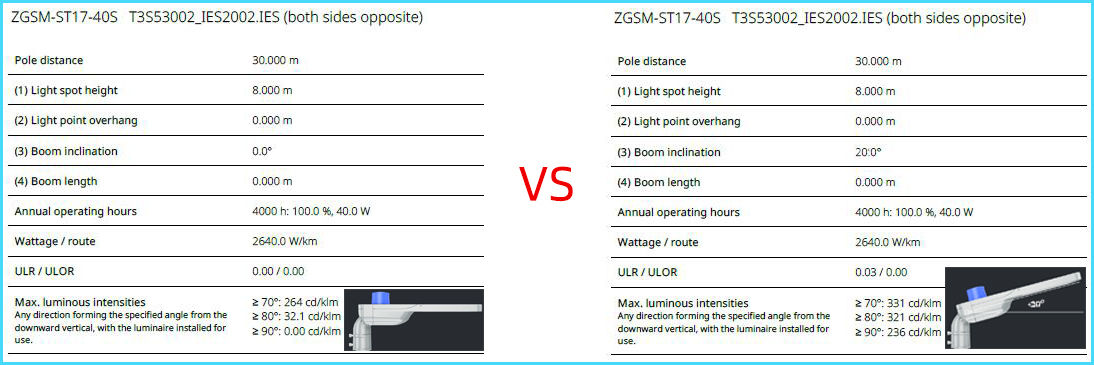
Upward light ratio(ULR) in sports lighting
In order to achieve uniformity in sports lighting, we also need to pay attention to this parameter(ULR). In addition, by using asymmetric light distribution, we can effectively reduce ULR. In the left picture below, flood lights in tennis courtwith asymmetric light distribution is not used, and its ULR%= 4.5%. In the right picture, flood lights in tennis court with asymmetric light distribution is used, and its ULR%=2.5%. It can be seen that the use of asymmetric light distribution can effectively reduce ULR. Similarly, by using a lens shade, we can also reduce ULR. These methods can reduce ULR to the limit value of upward light in the relevant standards. For other sports fields, please check “Find right sports lighting fixtures for your sports complex” to find more.
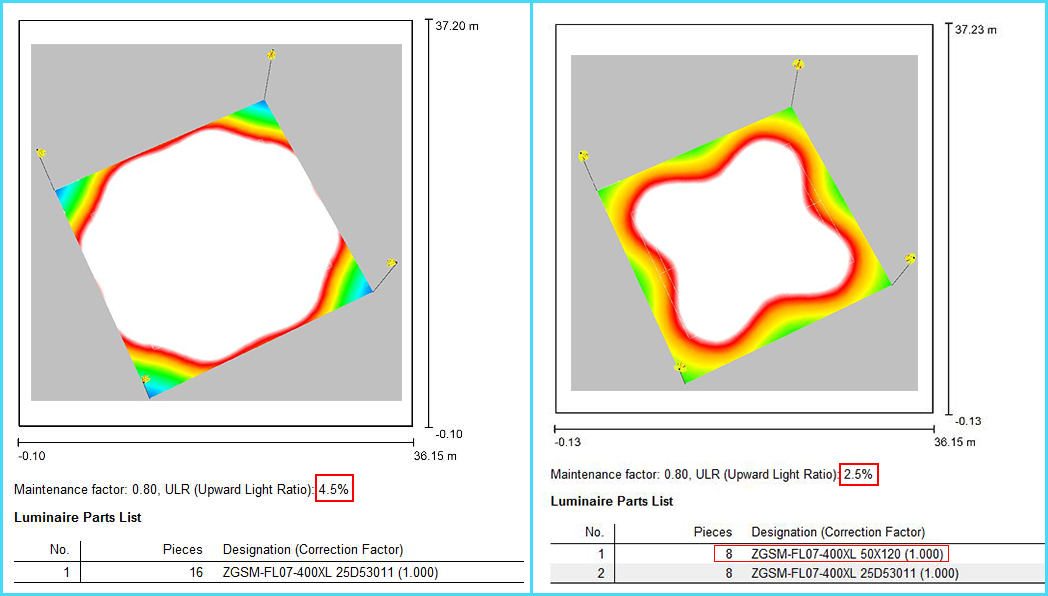
ZGSM lighting solution with less upward light ratio
Summary
ZGSM believes that in lighting applications, we should pay more attention to the ULR of the lamp after it is actually installed, rather than the ULR of the lamp itself. With the development of technology, many lamps currently have a ULR of 0, because the manufacturer has already considered this when designing the lamp. On the contrary, unreasonable lamp selection, lens selection and installation will lead to these lamps having a high ULR value in actual applications. In actual applications, we recommend that users give priority to outdoor lamps with a ULR value of 0. During the installation process, we recommend that the tilt angle of LED street lights is 0°. If the uniformity does not meet the requirements, you can increase this angle to 5° or 10° appropriately and keep an eye on the changes in the ULR value in the report. In stadium lighting, parking lot lighting and other outdoor lighting, in order to have more uniform or wide lighting and the luminous surface of the lamp cannot be parallel to the ground, we recommend choosing asymmetric light distribution or a lens shade to reduce the ULR. Finally, ZGSM believes that with the advancement of LED technology and people’s awareness, we can better apply LED to outdoor lighting. This will also make the application of LED in the field of lighting more extensive and become the main force of outdoor lighting and industrial lighting.
Related Products
Related Blogs
Related Cases
People also ask
Author introduction

Hello Customers,
My name is Taylor Gong, I’m the product manager of ZGSM Tech. I have been in the LED lights industry for more than 13 years. Good at lighting design, street light system configuration, and bidding technology support. Feel free to contact us. I’m happy to provide you with the best service and products.
Email: [email protected] | WhatsApp: +8615068758483

